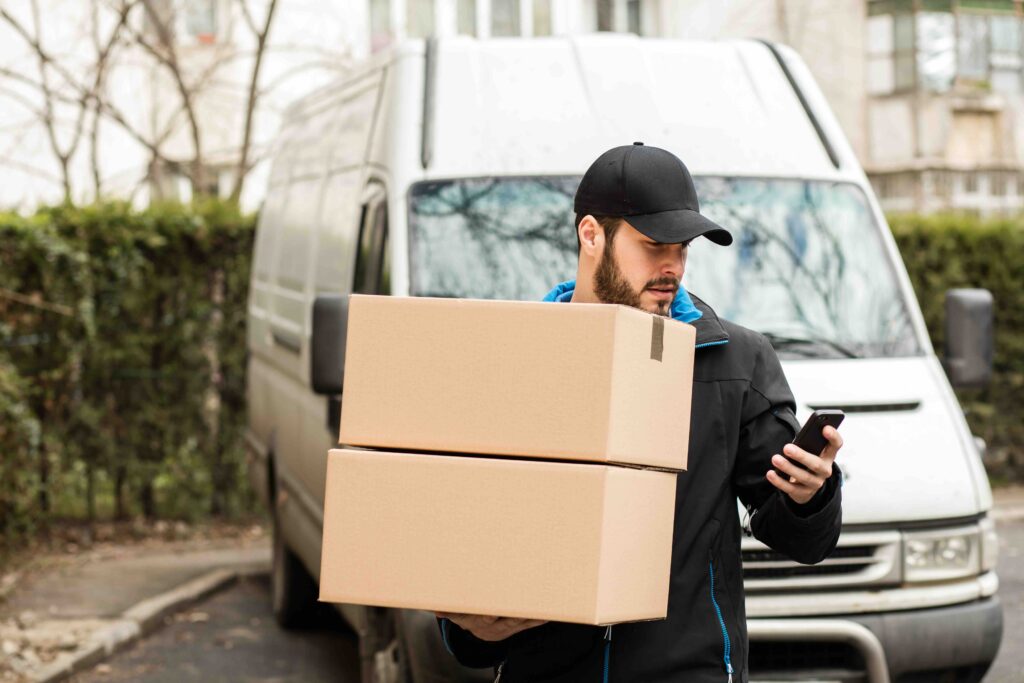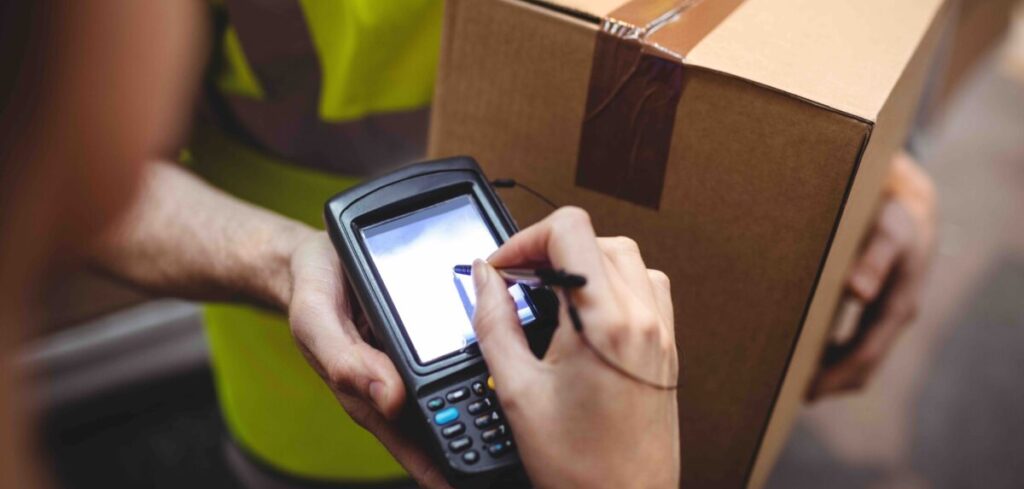As organizations look to become more sustainable and meet rapidly changing consumer expectations, more intelligent deliveries could be the answer. Danny Hudson, director of retail & CPG, UK and Europe, Fareye, explains why.
Intelligent delivery is a recent term and has been developing rapidly, particularly during the pandemic. Mostly, the term is used in relation to software and many retailers, carriers and manufacturers have come to the realization that they’ve needed software to organize their delivery operation more efficiently. And even as restrictions around the world are lifting, it would be unwise to assume that everything will return to normal. Businesses should be prepared for more deliveries, not less.
Until recently, delivery used to be about finding the cheapest method. Today, there are many more aspects to consider – sustainability, speed and quality of delivery are all critical.
In terms of sustainability, consumers are more willing to change their shopping habits to reduce their environmental impact and many will pay a premium for more environmentally responsible products or services. Many retailers and e-commerce businesses have responded to the rise in corporate social responsibility (CSR) and effective supply chain management by implementing more efficient production and delivery planning. On this, environment, sustainability and governance (ESG) is becoming a key measure for business. Investors are starting to back companies that have a better ESG rating than others due to the value a business’s green status carries.
The issue is that retailers and others are not yet fully aware what the impacts of their supply chain are on their ESG rating and cannot measure it. When it comes to the post-purchase experience and last-mile delivery, it becomes even more of a guessing game.
Measuring supply chain emissions
Supply chain emissions are difficult to measure; however, companies need these statistics to work toward their net zero goals. If calculating supply chain CO2 emissions manually, or for the first time, it’s suggested that the spend-based method is used, which involves multiplying the capital value of a purchased product, or service, with an emission factor (the number of emissions produced per financial unit). This will provide an estimated value of the emissions produced but won’t deliver entirely accurate results, as it does not account for specificities in the calculation.
The second method – or activity-based method – accounts for the missing information. It does, however, require additional data collection. This method makes use of a company’s emissions data and that given by its suppliers; for example, the liters of fuel burned by deliveries is multiplied by the emission factors of the activities. This equals the emissions estimate.
By adopting more sustainable delivery methods, retailers have an opportunity to showcase their willingness to adopt a more sustainable way of working, while also reducing transportation costs. For example, dynamic route optimization is one of the most effective ways retailers and e-commerce companies can cut back on fuel costs and carbon emissions. Route optimization not only empowers businesses in meeting their sustainability goals but also contributes to an increase in on-time deliveries and driver efficiency.

Improving the last-mile experience
Speed and quality of delivery are also undergoing huge change as online retail continues to grow. With omnichannel shopping maturing, more retailers are focusing on their store estate as an asset and innovating in other ways to differentiate from the competition, particularly within the last-mile experience.
Deliveries are expected to be faster and consumers want more information at each stage. Coresight Research’s US consumer survey in October 2021 found that in the previous 12 months, 48% of respondents had bought groceries online and of those, nearly half selected ‘rapid delivery’, which included same-day, one-hour and 15-minute/30-minute services. Next- and same-day delivery are already becoming outdated with many supermarket startups now offering delivery within 10 minutes. Customer behavior is shifting from value-seeking to convenience-seeking, hence, this recent upsurge in quick commerce.
Connecting multiple siloed systems through technology is the key to creating end-to-end visibility. When a consumer orders a product, they want a specific delivery date and time slot. But how does a brand predict what time it will be able to deliver that product? They must have real-time visibility to determine where an item is and if it can offer delivery time slots. Predictability is based on having full visibility.
As customer behavior continues to shift, the need for ground-breaking solutions and prompt adaptability to volatile market conditions becomes paramount. New technology such as delivery orchestration software, autonomous vehicles, drone delivery and non-traditional omnichannel fulfillment methods are gaining traction too, including dark stores, curbside pick-up, pop-up distribution centers and micro-fulfillment facilities, all reducing the challenges and costs in the last mile.
Focusing on the post-purchase experience, investment in last-mile services and meeting consumer demands are paramount. Retailers have recognized that not delivering on consumer promises in the last mile is costly to business and damages loyalty. But effectively sourcing inventory, meeting customer service level agreements and efficiently running last-mile operations is a balancing act.
Flexible delivery technology enables businesses to operate differently, service the customer in new ways and work extremely efficiently. Reaction times are dramatically shortened with new delivery services rolled out more quickly. To succeed, retailers must innovate, offer more sustainable delivery options and, most of all, understand the demands of the demographics they serve and be able to flex their operation to delight them.


